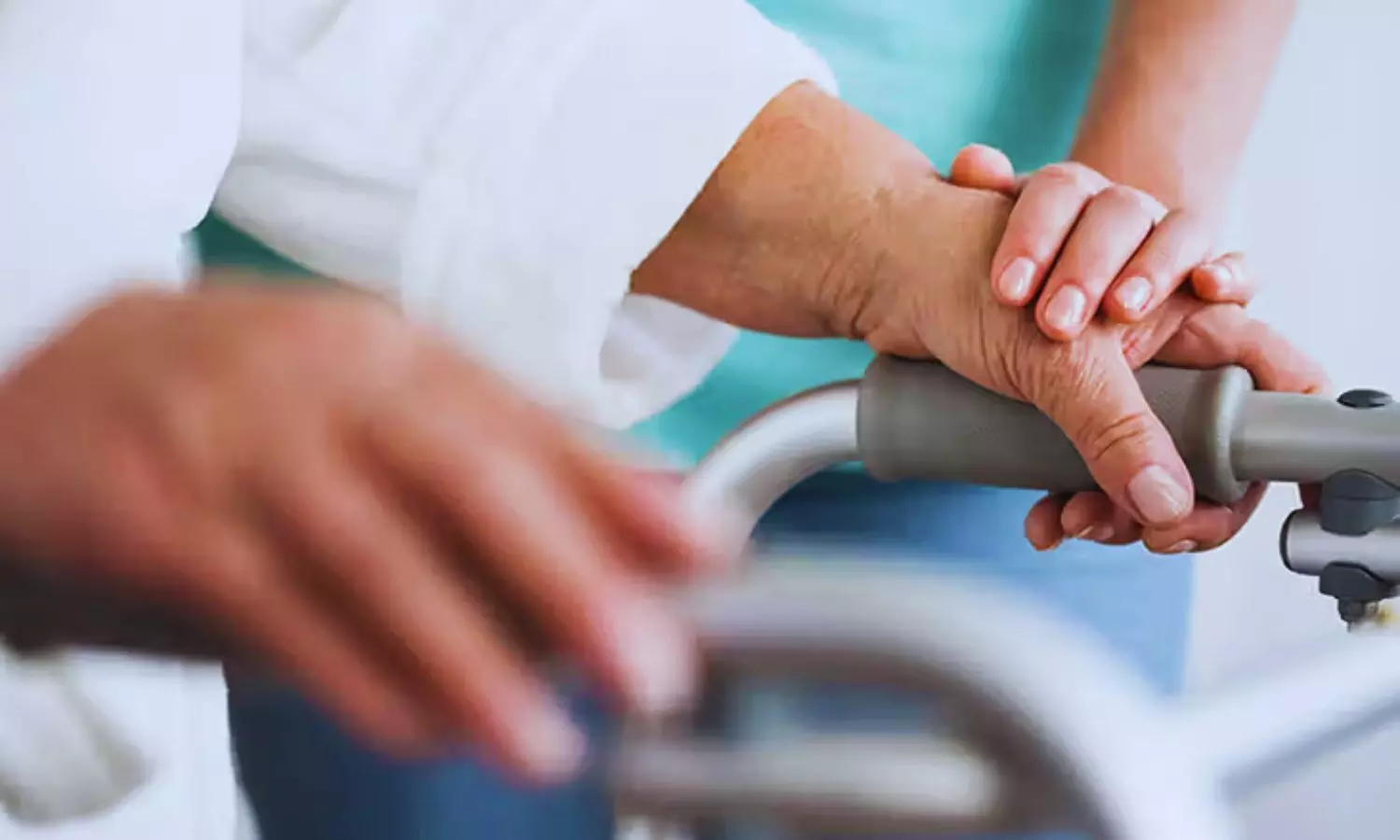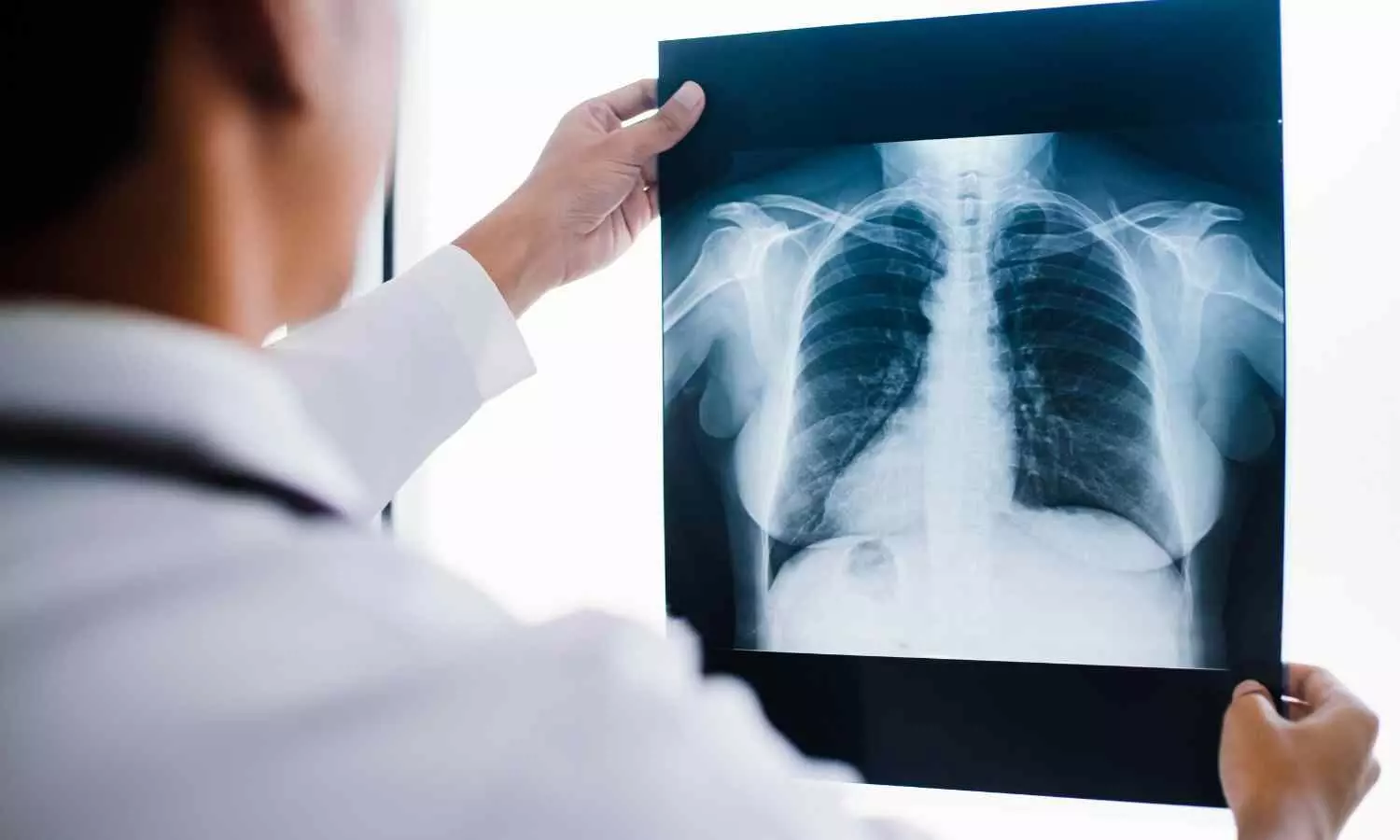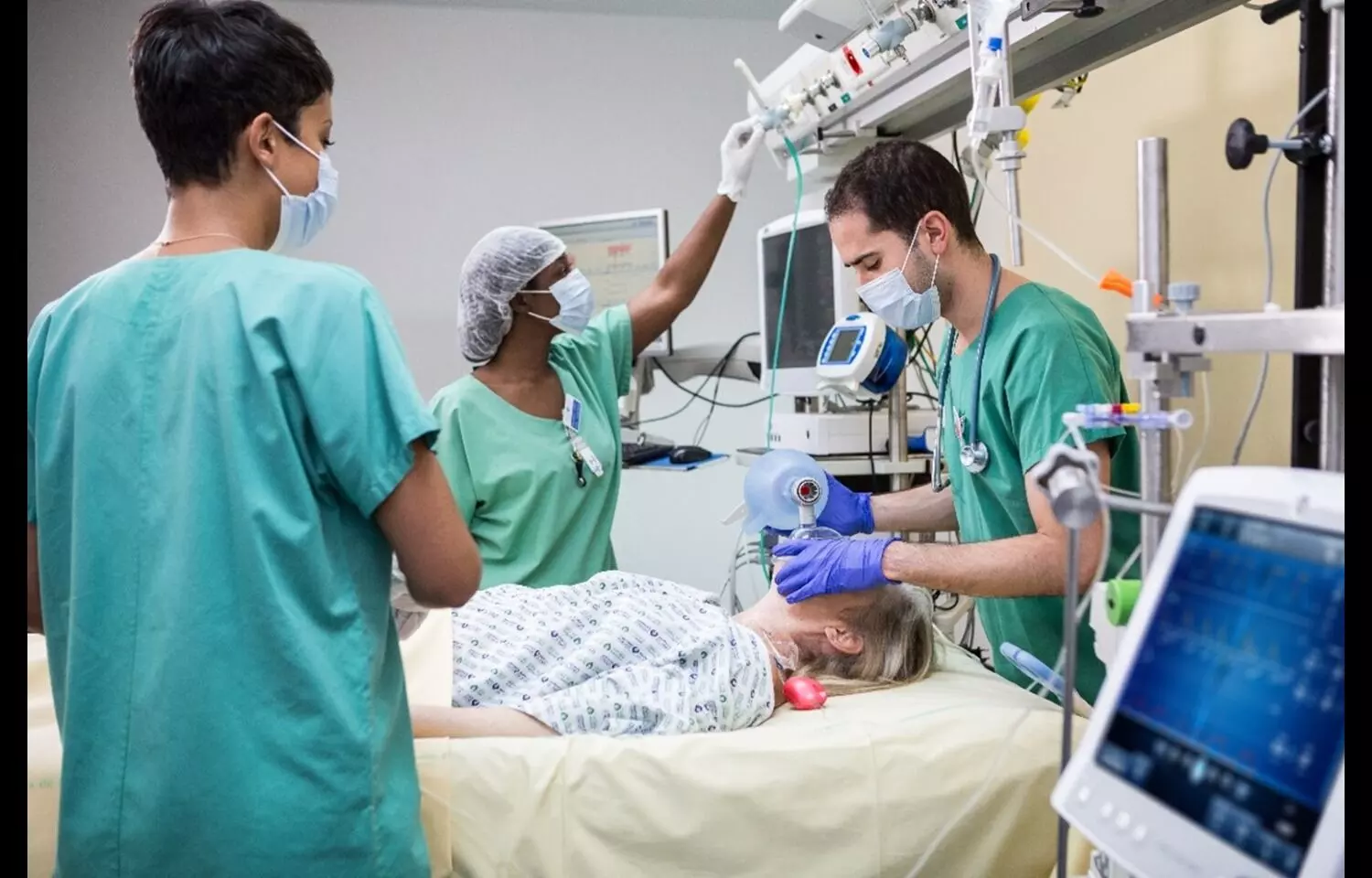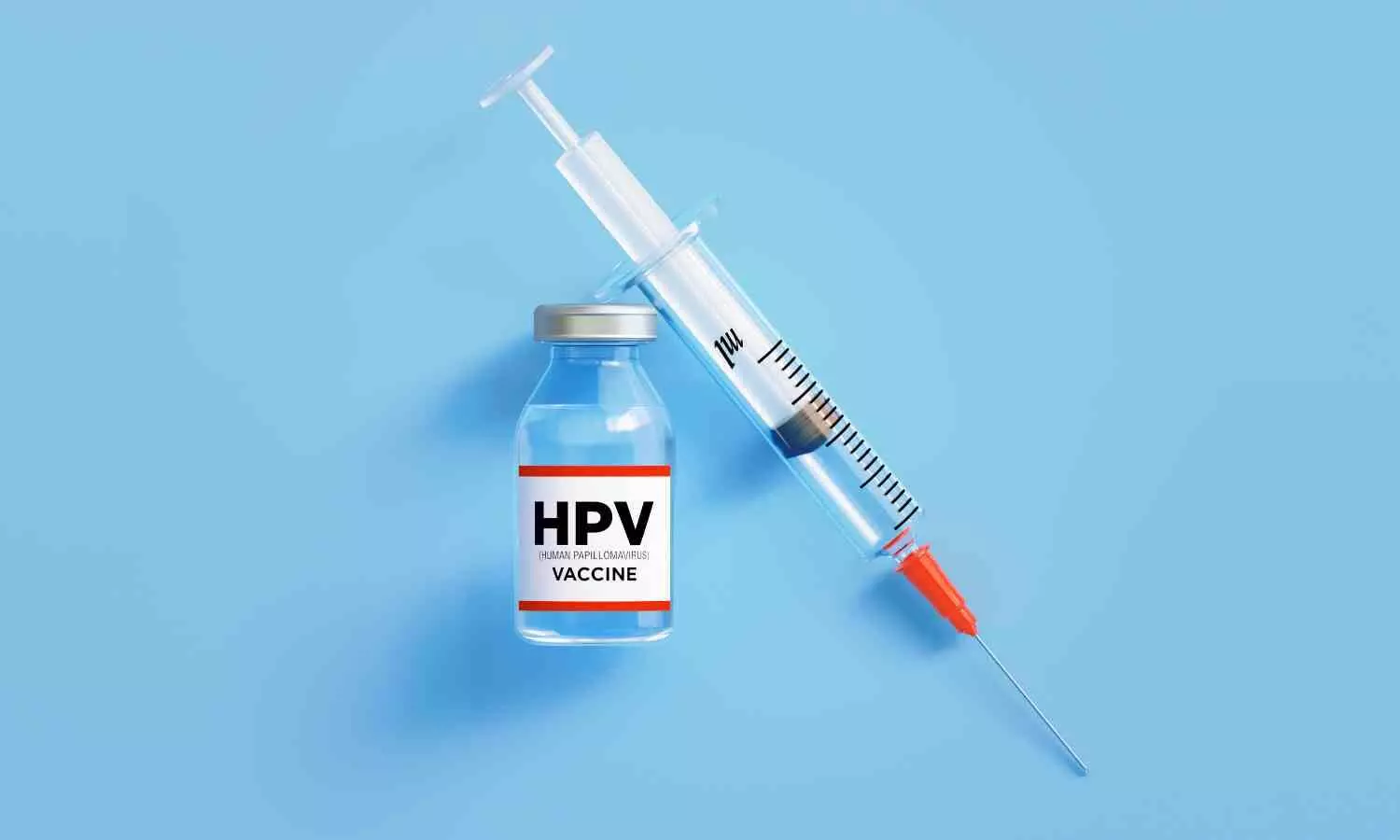Statin Use in Early Pregnancy Not Linked to Congenital Malformations, New Study Shows

Norway: Exposure to statins during the first trimester of pregnancy does not appear to increase the risk of congenital malformations, according to a large nationwide study from Norway published in the European Heart Journal. The findings provide reassuring evidence for women who require lipid-lowering therapy and suggest that previous concerns based on animal studies may overestimate the risk in human pregnancies.
The study, led by Jacob J. Christensen and colleagues from the University of Oslo, leveraged national registry data encompassing more than 800,000 pregnancies between 2005 and 2018. Researchers categorized pregnancies as statin-exposed if a prescription was filled during the first trimester, previously exposed if a prescription was filled in the year before pregnancy but not during the first trimester, or non-exposed if no prescription was filled during either period.
Key results from the study include:
-
Overall congenital malformations: Rates were similar across exposure groups, with 4.3% in non-exposed pregnancies, 5.9% in statin-discontinuer pregnancies, and 6.7% in first-trimester exposed pregnancies.
-
Major malformations: No significant differences were observed, with adjusted odds ratios (ORs) showing no elevated risk among exposed pregnancies (OR 1.15).
-
Minor malformations: Again, exposure was not associated with increased risk (OR 1.47).
-
Heart malformations: Analyses of statin and other lipid-modifying agents (LMAs) revealed no significant association with cardiac defects (OR 1.22).
To strengthen these findings, the researchers incorporated the Norwegian data into a meta-analysis that included six previous studies. The combined analysis confirmed no increased risk of major congenital abnormalities (adjusted OR 1.06) or heart malformations (1.24), supporting the safety profile of statins during early pregnancy.
Traditionally, statins have been contraindicated during pregnancy due to concerns about teratogenicity observed in animal models. However, human data have been limited, leaving clinicians uncertain about the real-world risks. This study provides substantial evidence that first-trimester exposure does not confer a strong or independent risk of congenital malformations, offering reassurance to both patients and healthcare providers.
Christensen and colleagues emphasized that while the study’s large scale strengthens confidence in the findings, very rare or weak associations cannot be entirely ruled out. “Our results suggest that statin use in early pregnancy is not linked to major or heart malformations, but ongoing monitoring and cautious clinical judgment remain important,” the authors noted.
Overall, the study supports a nuanced approach to lipid-lowering therapy in women of childbearing age, highlighting that necessary treatment should not be automatically withheld due to unfounded teratogenic fears. By combining national registry data with meta-analytic evidence, the research clarifies long-standing questions about the safety of statins in pregnancy and can inform clinical guidelines and patient counseling.
Reference:
Christensen, J. J., Holven, K. B., Bogsrud, M. P., Retterstøl, K., E, J., Michelsen, T. M., Veierød, M. B., & Nordeng, H. Statin use in pregnancy and risk of congenital malformations: A Norwegian nationwide study. European Heart Journal. https://doi.org/10.1093/eurheartj/ehaf592
Powered by WPeMatico












